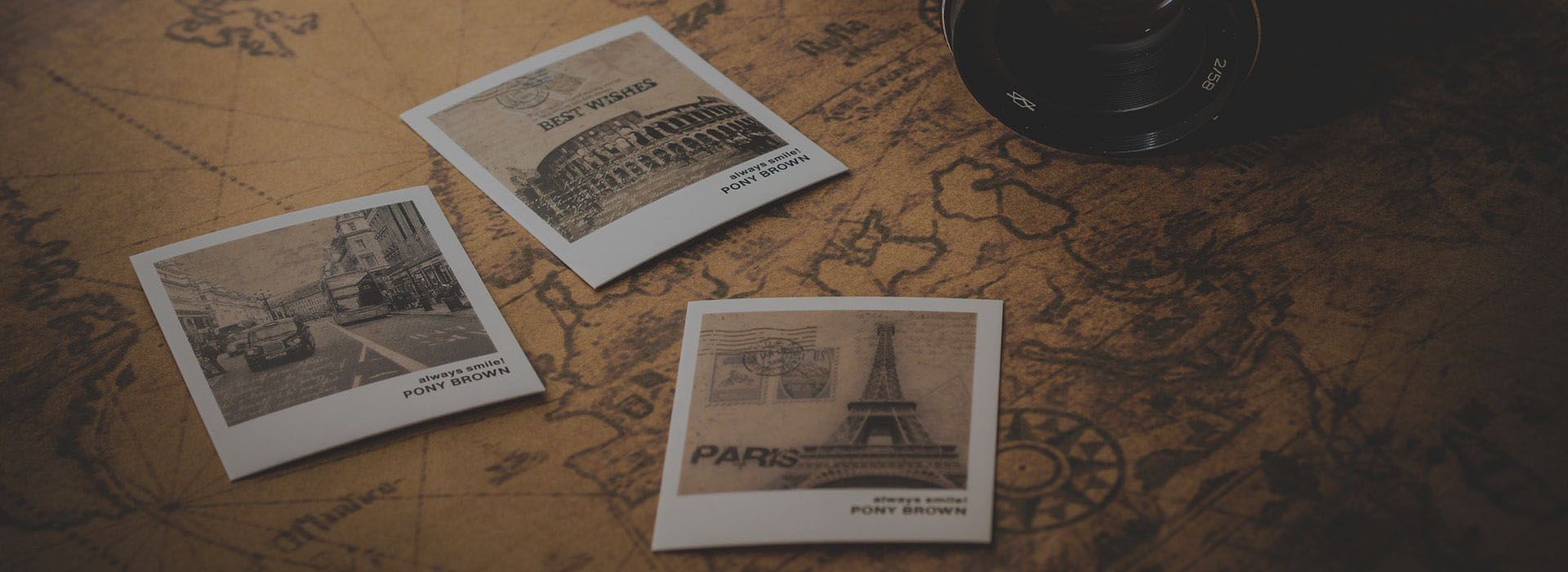Tibet
Lhasa
Sitting at 12,500 feet, Lhasa, the capital, is a fascinating introduction to Tibet. Due to its altitude, it is recommended that visitors have an acclimatisation day on arrival, to ensure that they are physically prepared for all sightseeing opportunities.
Potala Palace
Dominating the city of Lhasa, the Potala Palace was once the residence of the Dalai Lama and is now a museum, dedicated to Tibet’s rich religious culture. With over a thousand rooms spread over 13 stories, this imposing palace is split into two main sections: the Red Palace, devoted to religious study and prayer and the White Palace, the living quarters. Highlights of the palace include the Chapel of the 5th Dalai Lama, which contains a stupa gilded with 3,000 kgs of gold.
Jorkhang Temple
As well as being an UNESCO World Heritage Site, for Tibetans, the Jorkhang Temple is the most sacred and important temple in Tibet and has remained a key centre of Buddhist pilgrimage. Built 1400 years ago, there is still the same hustle and bustle felt amongst the worshippers and visitors today as there has been for centuries.
Barkhor Street
The Barkhor is famous for the being the liveliest area in Lhasa, with hordes of locals, pilgrims and tourists flocking to the Jorkhang Temple and its surrounding market stalls and ancient buildings. Wander around the cobble-stoned alleyways whilst imagining how the locals have been living here since the 8th century.
Norbulingka
Once the Summer home of the Dalai Lama, Norbulingkais a pleasant place to visit whilst in Lhasa with its park like settings with chapels, gardens, fountains and pools . The palace is found west of Potala Palace.
Drepung Monastery
7 kilometres west of central Lhasa is Drepung Monastery, at one time the largest Monastery in the world home to over 7000 monks. Now in quieter times there are still 700 practicing monks residing in this living Monastery. Take plenty of time to explore this fascinating site.
Sera Monastery
5 kilometres north of central Lhasa is Sera Monastery, one of the two large monasteries of the Gelugpa branch of Tibetan Buddhism. Once home to 5000 Buddhist Monks, you will still find around 550 Monks here today. Visit in the afternoon and enjoy chanting and debate from the resident Monks.
Yarlung Valley
Tibetan culture is deeply rooted to the Yarlung Valley and it is regarded as the cradle or birth place of Tibetan civilization. The Yarlung Valley is 170 kilometres from Lhasa and with winding roads can be a long day’s travel. The area is rich in Tibetan culture with temples and monasteries and religious artifacts.
Namtso Lake
200 kilometres north of Lhasa is the incredible colour and spectacular beauty of Namtso Lake. The turquoise water defies belief enhanced by the high altitude of 4500 metres. Visitors should spend time in other areas of Tibet to get used to the altitude before venturing to the heights of Namtso Lake.
Tsedang
Located by Yarlung Valley, Tsedang is the capital of the Shannan Prefecture. It’s reputed as “the cradle of Tibetan Civilization”, for two main reasons. First, the mild weather and fertile land in Shannan gestated the great Tibet dynasty. Second, it’s the birthplace of the first Tibetans who were said to be the offspring of a monkey and a demoness, Tsedang literally meaning “monkey’s playground”. The area is filled with important historical landmarks.
Yombulakang Palace
Dating back to the second century BC, the Yombulakang Palace is believed to be the first palace in Tibet. It was created by and is dedicated to Nyetri Tsanpo the first king of Tibet. The Palace is located 9 km south of Tsedang.
Samye Monastery
Samye Monastery was the first temple to be built in Tibet and the first to be completed with the three Buddhist jewels of Buddha, Dharma and Sangha. A beautiful and enlightening view of the monastery can be had from the surrounding hills, as it becomes clear that the monastery has been designed as a 3D mandala (a Buddhist meditation aid based on a strict pattern of circles and squares).
Yamdrok Lake
Located 100 kilometres from both Gyantse and Lhasa, Yamdrok Lake is one of the three largest sacred lakes in Tibet.
Gyantse
Visitors to Gyantse can soak up the old-world atmosphere of Tibetan rural life. For centuries, this town has dominated the wool and timber trade routes from Nepal, Sikkim and Bhutan, due to the town’s strategic location. Often called “Hero City”, 500 soldiers of the Gyantse fort held the fort for several days, in 1904, before they were overcome by the British forces.
Kumbu Monastery
The Kumbu Monastery is a magnificently tiered monument, built in an architectural style unique to Tibet. With dramatic views from the top of the six storey building, this monastery is one of the finest of its kind in Tibet.
Shigatse
The former capital of Tibet, Shigatse is still an important religious centre as it is home to Tibet’s most important religious leader after the Dalai Lama. Unlike most cities in Tibet, Shigatse is pleasantly covered in trees, whilst the city is divided into two parts – the charming old town retaining old Tibetan homes lining the narrow streets and the newer commercial district with offices and department stores.
Tashilunpo Monastery
Built in 1447 by the 1st Dalai Lama, who was the disciple of Tsongkapa and the founder of the Gelug (the ‘Yellow Sect’), the monastery has been rebuilt and extended by successive Panchen Lamas, and became the political and religious centre. The monastery covers an area of 300 thousand square metres, ensuring that the visitor only gets a glimpse of this impressive, golden-roofed compound. The main attraction is a 26 metre golden image of Jampa, the future Buddha, completed with nearly 300 kgs of gold.


